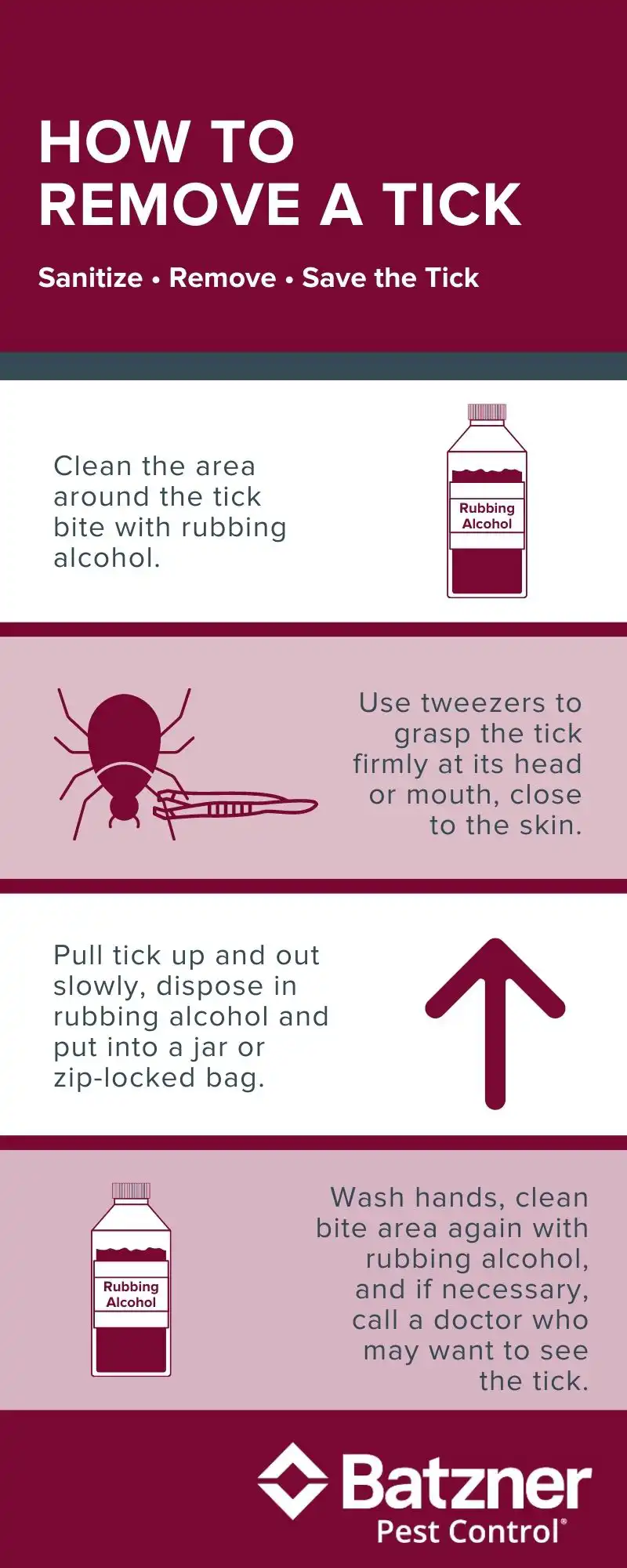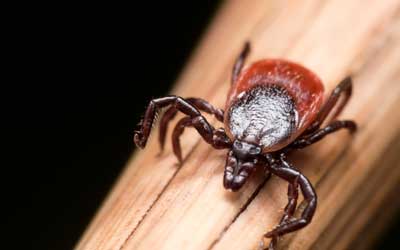As summer draws nearer, all of us in Wisconsin are going to have to keep our guard up against ticks. The warmer months of the year give rise to growing animal populations that ticks love to feed on. Not only do they go after us and our pets, they are also known to carry a list of dangerous diseases, the most notable of which being Lyme disease. You can properly prepare for tick season by learning the best way to remove ticks from your body safely.
Identifying Ticks in Wisconsin
Learning to differentiate between tick species in your area will help you steer clear of the ones that transmit the most threatening diseases. These are the most common tick species in Wisconsin:
- Deer tick: The deer tick is one of the smallest species of ticks, making it difficult to discover on your body. They have the ability to spread Lyme disease, but if you remove one from your body within the first day after being bitten, it greatly reduces the chance of infection.
- American dog tick: Also known as wood ticks, American dog ticks are widespread in the United States. They are larger than deer ticks and have reddish-brown bodies with white markings along the back.
- Lone star tick: These ticks have similar anatomy to American dog ticks, but female lone star ticks have longer mouthparts and a white-spotted back. They are often found in brushy areas, waiting for deer and other small animals.
Of these three species, Lyme disease can only be contracted through a deer tick bite, but each one of these tick species is capable of transmitting diseases.
 Safely Removing Ticks
Safely Removing Ticks
Removing a tick from your skin as soon as you find it will lessen your chances of developing an illness. The CDC has laid out these steps for the safest tick removal:
- Use tweezers to pinch the tick as closely as possible to the surface of the skin.
- Slowly pull the tick away from your body. Turning the tweezers while pulling can cause the tick’s mouthparts to break off in your skin. If this happens, use the tweezers to remove the mouthparts, too.
- Clean the bite area with rubbing alcohol or soap and warm water after taking the tick out.
- Dispose of the tick by flushing it down the toilet, placing it in alcohol, or throwing it away in a sealed trash can. Do not squish the tick with your hands.
If you develop a rash or a fever during the next few weeks following a tick bite, talk to a medical professional about your symptoms.
Batzner Pest Control’s Tick Services
If there has been a higher volume of ticks in your area than usual this year, let your local pest control company know. Our exterminators at Batzner Pest Control can give expert tick prevention advice and teach you how to avoid common tick species where you live. Contact us today for a free quote!

